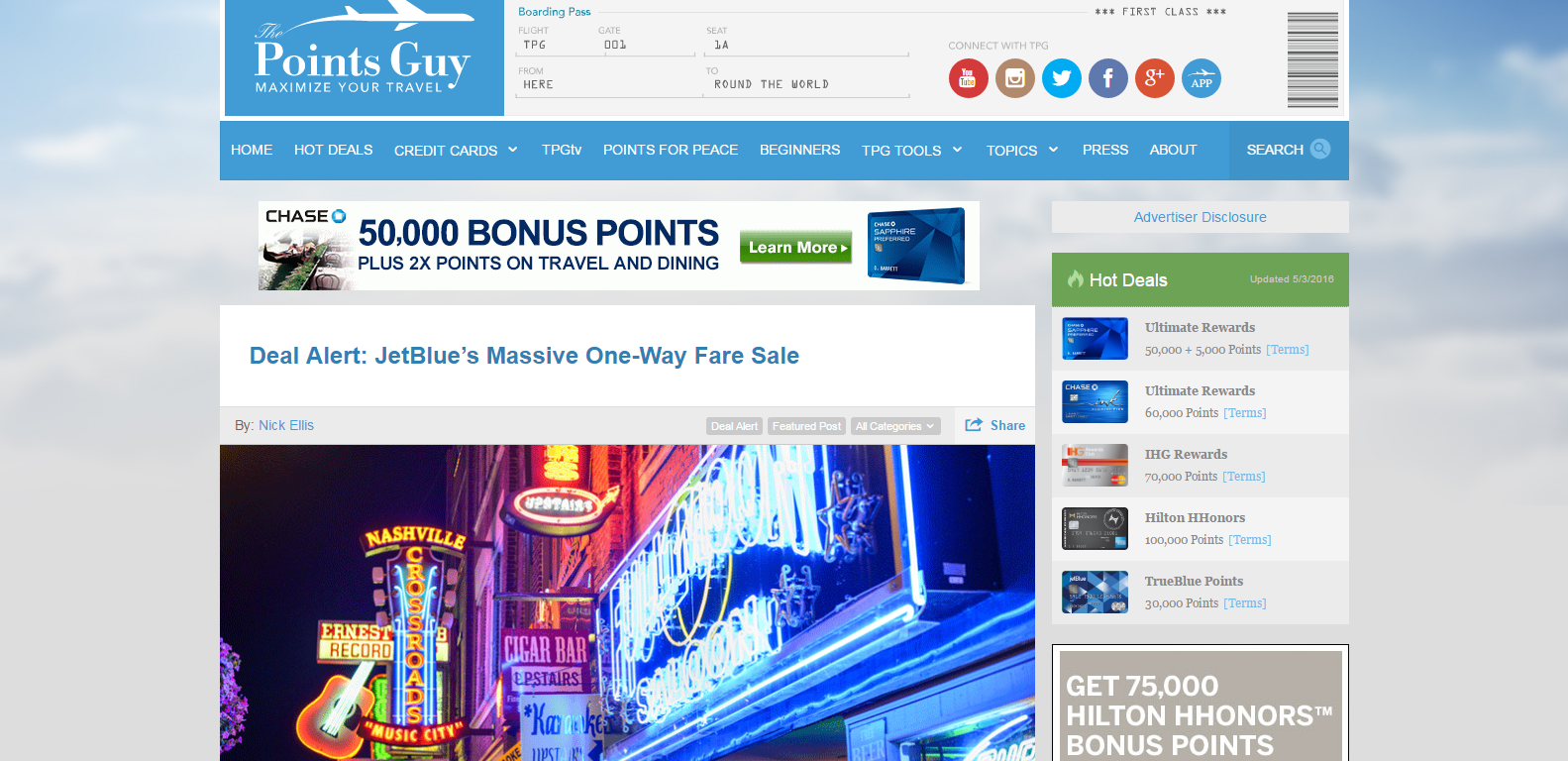Four Non-Traditional Ways to Connect with Customers Across Multiple Channels
It’s the best of times for marketers. We’ve got so many channels to work with. Tons of data. And people are always available. Oh happy day!
It’s the worst of times for marketers. There are too many channels. We have no idea what all that data means. Our always-on audience is always distracted.
Maybe the biggest bummer: email is at the tip of a potential decline.
It’s hard to cut through with email. Spam filters, smart filtering, productivity gurus who remind you that getting to inbox zero isn’t accomplishing much. In fact, workers spend 30% of their time on email.
A breaking point is coming.
For years, getting a customer email was an essential action item for loyalty engagement.
It still is, but it isn’t enough.
We contend that for the business/customer relationship to thrive, there have to be multiple touchpoints. What happens between transactions is as important as the transaction itself.
Email can and should be one of those touchpoint channels. But to create a second touchpoint channel and beyond, we’re going to have to stretch out of our comfort zones.
Loyalty programs (or a similar form of membership) are a nice way to build ongoing engagement. Mobile apps work as well. Social media profiles on the basic platforms are also essential.
Look closer and you might find high concentrations of your audience elsewhere.
Here are some channels and ideas you may not have considered for your engagement mix.

-
Alternative Social Networks
Of course the first option on this list is going to reference social media. It’s free and public. But you can’t really pick one network and run with it.
It’s hard to build a following on Twitter, and Facebook buries brands’ unpaid content. If someone is only connected to your brand through a Facebook Like, they’re not really connected at all.
Branch out. LinkedIn has added a ton more content features recently. Live video (Blab, Periscope, Facebook Live) is rapidly expanding.
Scoff at Google+ all you like, but there is still a lot of active dialog happening over there.
Does Snapchat work for your audience? Or Pinterest? Find out. There’s no harm in trying.
“What do I share on all these platforms?” It’s whatever you want. Start with a blog and use those networks to share your posts.
One caveat: be prepared to respond across all networks. Social media isn’t a promotional channel, it’s a relationship channel. Check out these tools to help you automate monitoring and responding.
-
Third Party Influencers
Never underestimate the power of third parties. Brands used to leverage media outlets to re-broadcast their message. It used to be the Wall Street Journal and the local news.
 Those are still relevant, but now we have hyper-focused outlets and communities.
Those are still relevant, but now we have hyper-focused outlets and communities.
Whether it’s video games, exercise, cooking, personal finance, fintech, or any other topic, someone is leading. If it isn’t you, consider partnering up with the leader. It’s not as direct as having someone subscribe to your blog, for example, but it can be just as effective.
Start by just reaching out and offering to contribute content - a guest for a podcast, or a blog post. In some cases they’ll ask you to pay for a sponsorship (example in the image to the right: The Points Guy, a great site for travel loyalty program watchers). Either way, it’s worth exploring and adding even more influence to your brand.
-
Online Communities
If entrusting your brand with some sort of influencer doesn’t float your boat, consider starting your own community. If you’re in the B2B space, then a LinkedIn group centered around clients’ top concerns can be a nice way to add value. If you work with consumers, consider a Facebook group, or building out your own message board.
As with any other platform, you won’t get away with being spammy in a community. Add value, make people experts at what they do and in using your products. Amplify the voices of your superusers.
If owning your own community isn’t your thing, then find one to blend in to. Many brands do this with Reddit. Again, don’t spam, but be a valuable contributor to the community. Consider reaching out to the forum moderators for promotions and giveaways.
-
Ads
Does it seem preposterous to spend money advertising to customers you’ve already earned? Sure it does, but it’s often money better spent than advertising to prospects.
Use your email list to remarket to customers. Or remarket to people who stop by your website.
Anyone who’s ever curiously snooped an item on Amazon knows how this goes. You check out those expensive boots and the next day they're in your Facebook feed. And on that free app you use. And then you get an email about it.
You don’t have to go that far, but the point is it’s worth spending a few bucks to pull people back to your site.
Strike While the Iron is Hot
Once you’ve settled on your channels, you need to remind people that you’re there, and send them in that direction.
The best time to get that opt-in is at the point of sale. There’s no better place to grab an opt-in than during a transaction.
 Mid-transaction, ask for them to join your text club, or join your loyalty program. Ask them to download your mobile app, or follow you on Snapchat. If you need to, give them 5% off their next transaction for completing the action.
Mid-transaction, ask for them to join your text club, or join your loyalty program. Ask them to download your mobile app, or follow you on Snapchat. If you need to, give them 5% off their next transaction for completing the action.
It’ll take them ten seconds. In return, you’ll have an invaluable piece of real estate that could be worth a lifetime of sales.
New Channels, Old Strategies
A lot of these channels seem new, but the tactics behind getting to customers on them are not. Public relations has leveraged influence for decades, for example. Online marketers have been working to mix in their brands in private forums since AOL hosted chatrooms.
Keep emailing your lists. Ask people to follow you on Vine, or to join your LinkedIn community.
Whatever your preferred channel may be, always respect and listen to the crowd. Add value to every interaction, and respond to haters.
These are essential ground rules for customer interactions that will never change. Keep those in mind, and you’ll increase customer engagement, no matter what platform you’re on.
Topics: Customer Engagement
Written by: Brandon Carter













Share your Comment.